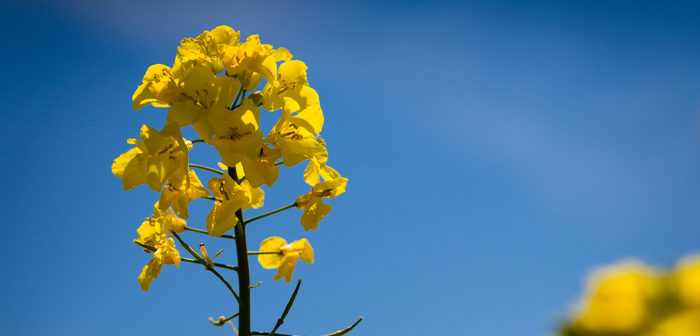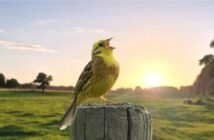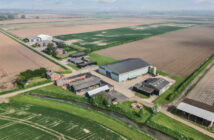Winter oilseed rape crops are flowering giving the familiar pretty patchwork effect across the country, but BASF Agronomy Managers have been taking a close look in the crops to see if it is as good as it looks.
In Scotland, Scott Milne said, “Crops are looking well albeit with a spread of growth stages. Sclerotinia has to date been a lower risk but I think certainly with a bit of moisture and probably a prolonged flowering period across the fields due to pigeon damage , it is worth keeping an eye on. Check the BASF/AHDB websites for Sclerotinia risk.”
In East Anglia Matt Keane said, “The winter oilseed rape is looking ok. It is getting towards the end of what has been a prolonged flowering period so I wonder if we might see a bit of Sclerotinia this year. You can probably always find disease in the east but because of the lower rainfall it may not get to epidemic levels.”
Further west in the Cotswolds, crops are again mixed with most at some stage of flowering. Recent rain has meant some of the fallen petals are sticking to the stems. Jon Helliwell said, “This is obviously a Sclerotinia risk, however, when you look at the latest ascospore release reports from ADAS the overall risk in the area remains quite low. Crops that have overcome cabbage stem flea beetle larvae look clean and pods are beginning to set.
There are some seed weevils about, although not at threshold.”
Steve Ellis, entomologist with ADAS said, “When it comes to seed weevils best practice involves monitoring the crop. Do not revert to insurance sprays.
To monitor the crop, take a white tray into the crop and beat the main raceme of a plant over the tray and count the number of weevils that are dislodged, it’s best to do it when it’s sunny. Repeat this 10-20 times in a crop and calculate a mean number of seed weevils per plant.
The threshold is 0.5 weevils per plant in northern Britain and 1 weevil per plant elsewhere. Sprays should only be applied if the threshold is exceeded. Where a spray is justified you should spray during flowering but ideally before petal fall before too many eggs are laid.
It is the egg laying holes and the feeding damage caused by the seed weevil that can create entry points for the pod midge to lay its eggs. There will only be a single seed weevil larva in a pod, which is thought to consume about 25% of the seeds. Pod midge is potentially more damaging as there are usually numerous larvae and their feeding can cause the pod to swell and become brittle. Ultimately it can split and all the seed can be lost. Even though pod midge is potentially more important than seed weevil it has no threshold, so control is dependent on control of seed weevil.”
This year ADAS have been monitoring oilseed rape crops with water traps and have caught a high number of weevils most of which have been cabbage stem weevil and not seed weevil.
Dr Ellis said, “Stem weevil is not really an important pest, however, if it is confused with seed weevil then growers could potentially over estimate the level of seed weevil infestation. Seed weevils are slate grey, whereas stem weevils tend to be more fawn in colour with a white spot in the middle of the back and red feet.”
In the south Andrew Clune is pleased with the way crops are looking, “The rape is flowering at the moment, those crops that had to be taken out have been taken out so those still in the ground are looking alright. It’s a bit early to tell what the final effects of the csfb larvae will be but crops are branching out and secondary growth is compensating for those lost racemes.
I guess we will discover the actual effect as we get nearer to summer when the csfb larvae damaged vascular tissue will be trying to get moisture around the plant.
Pest wise, there have been some seed weevils about but no one will be spraying in a hurry because the crop is flowering and there are lots of beneficials about.”




